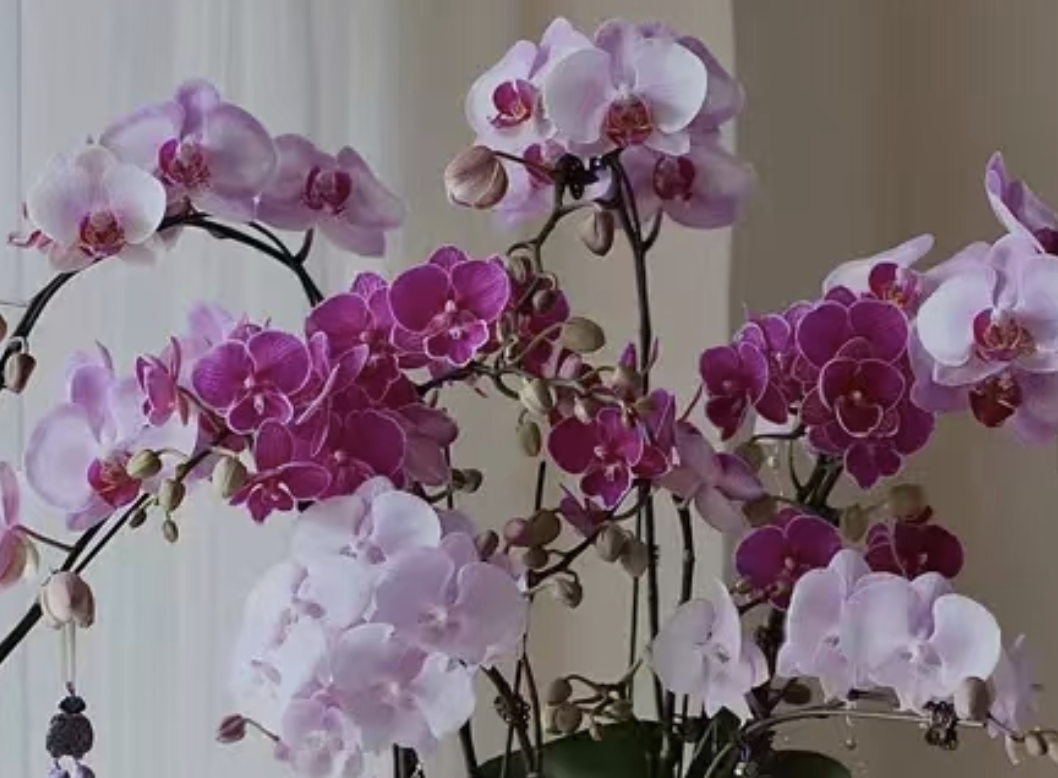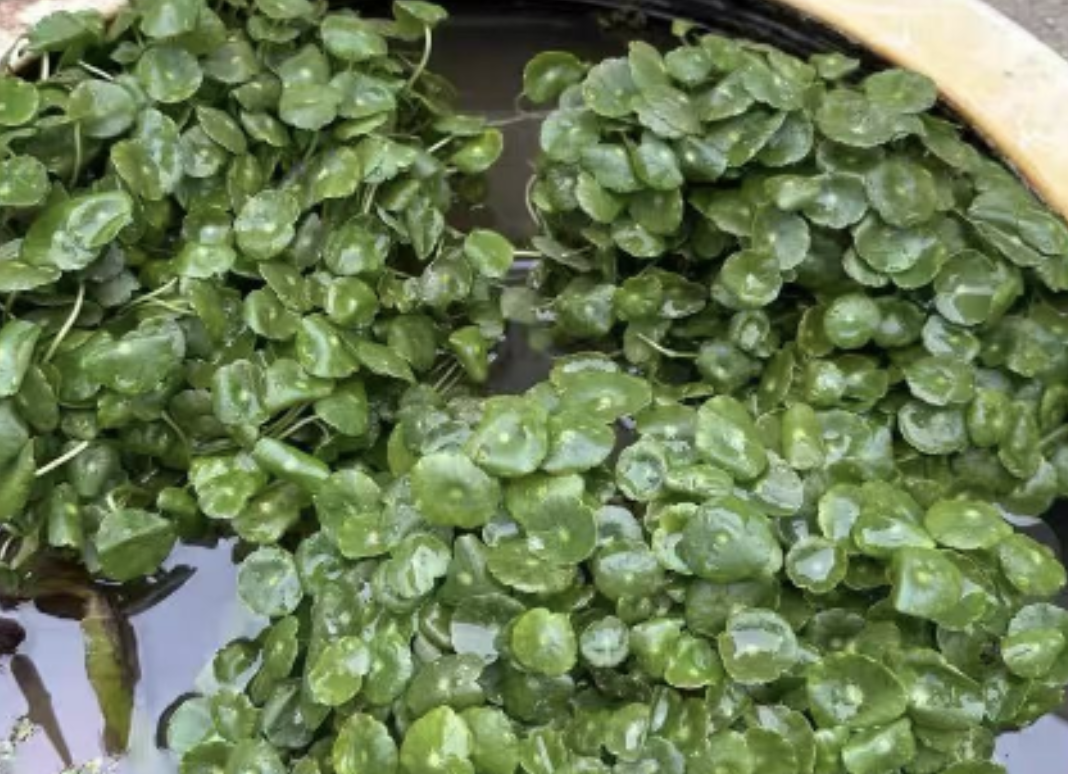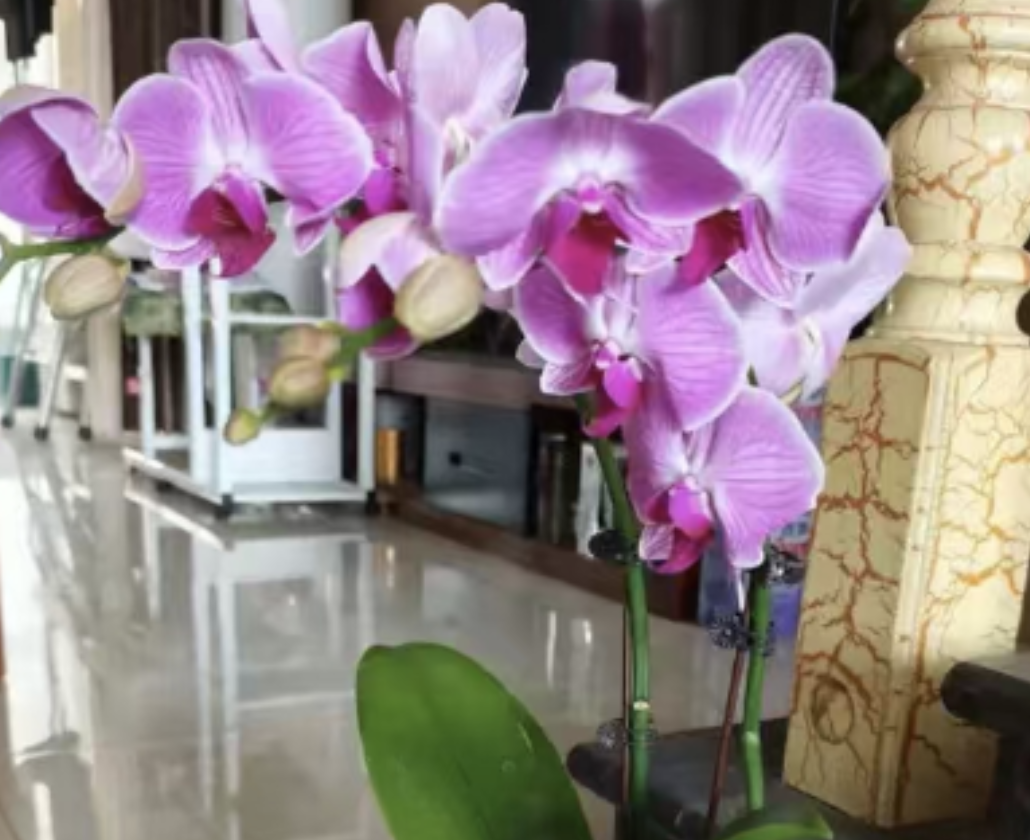Asparagus myriocladus has needle-like leaves that are emerald green and dense, with an elegant form. Its straight and upright branches are often used in bonsai making.
For Asparagus myriocladus to grow vigorously, you should first choose well-ventilated and loose soil for it. Light is a key factor for the growth of Asparagus myriocladus! Place it in a bright area but avoid direct sunlight, so that it can enjoy the warm sunlight without being burned by the scorching sun. Under appropriate light for photosynthesis, its branches and leaves will become more and more luxuriant. Watering should also be just right! Keep the soil moist but not overly wet. Fertilization is even more crucial for the vigorous growth of Asparagus myriocladus! Regularly apply some fertilizers rich in nitrogen, phosphorus, and potassium to it. With sufficient nutrients, new branches will constantly emerge and the leaves will become greener! Also, don't forget to prune it regularly. Cut off those withered and yellow branches to keep it fresh and tidy, which can distribute nutrients more effectively and grow more vigorously.
For Asparagus myriocladus, scientific and reasonable pruning is extremely important. When pruning the Asparagus myriocladus bonsai, the purpose of pruning should be clarified first. One is to create a beautiful shape, the second is to promote the healthy growth of the plant, and the third is to maintain the overall balance and coordination of the bonsai. Before preparing for the pruning work, first observe the overall form of the plant, understand its growth trend and branch distribution, and form a preliminary pruning plan in your mind.
For overly long or overly dense branches, they should be appropriately pruned. Overly long branches will disrupt the proportion and balance of the bonsai and affect the overall beauty; overly dense branches will compete for nutrients and space with each other, leading to poor growth. When pruning, cut at the base of the branch to make the incision flat and smooth, which is conducive to wound healing.
For weak, diseased branches, withered and yellow branches, and crossed branches, they must be removed without hesitation. Weak and diseased branches can easily cause the breeding and spread of pests and diseases, withered and yellow branches affect the ornamental value of the bonsai, and crossed branches will hinder the ventilation and light within the plant and affect normal growth.
In terms of shaping, methods such as sparse pruning and short pruning can be used according to personal preferences and the natural form of Asparagus myriocladus. If you want to create a sense of layering and three-dimensionality, some branches on the upper or outer layer can be short pruned to highlight the primary and secondary; if you pursue an elegant and dynamic style, appropriately retain some longer branches and make slight bends and adjustments to them. After pruning, carefully inspect the plant to ensure there are no remaining problem branches. At the same time, pay attention to providing a suitable maintenance environment for the plant to promote wound healing and the sprouting of new branches.
The pruning of Asparagus myriocladus bonsai is a task that requires patience and skills. If you want to cultivate a good-looking and healthy Asparagus myriocladus, you must treat it carefully.
How to cultivate Asparagus myriocladus to make it more vigorous?

Share with
Tagged in :




Leave a Reply